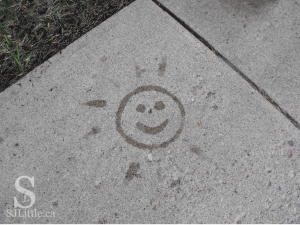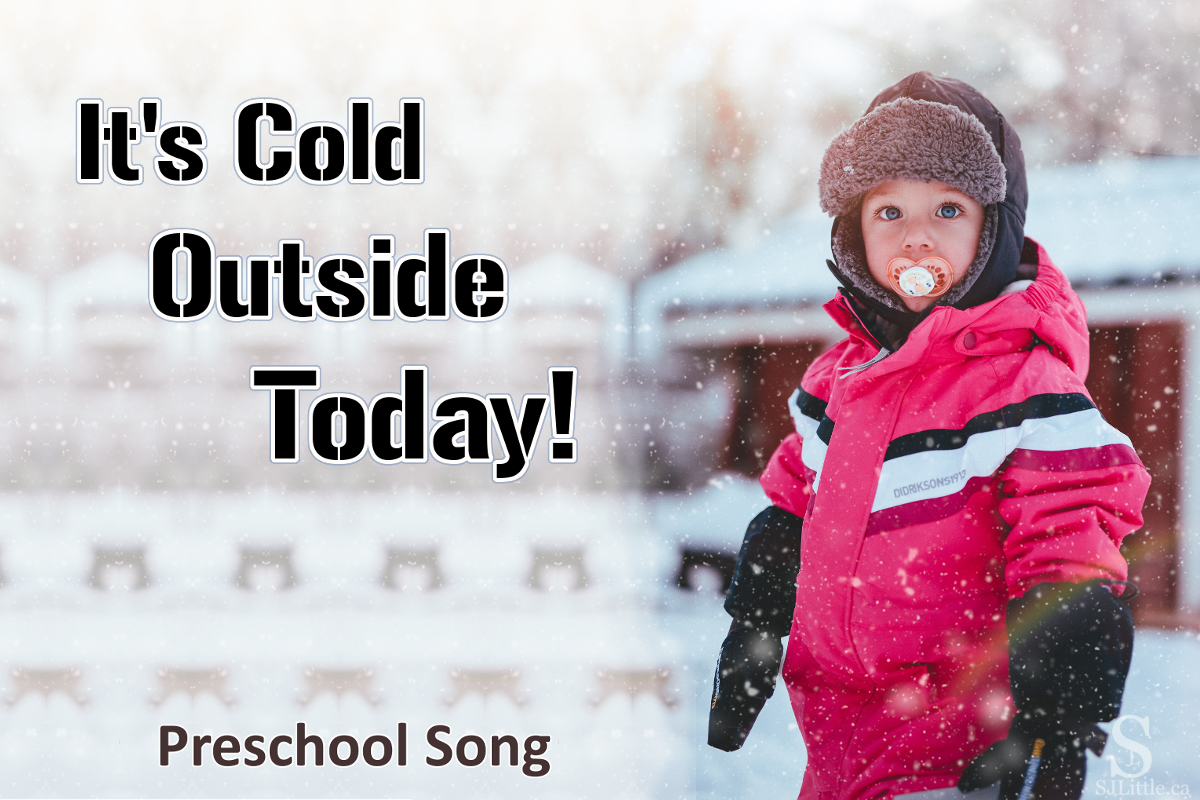
This is one of my favourite winter preschool songs. My preschoolers enjoy its full-body actions and snowy day application. I recommend it for children ages 2-4.
It’s Cold Outside Today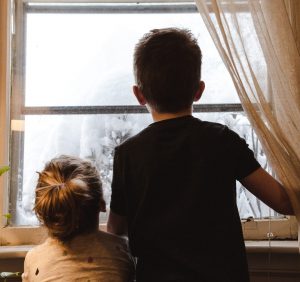
Author: Unknown Tune: The Farmer in the Dell
It’s cold outside today, it’s cold outside today,
Brr, brr, it’s cold outside, it’s cold outside today.
I put my coat on, I put my coat on,
Brr, brr, it’s cold outside, I put my coat on.
I put my snowpants on, I put my snowpants on,
Brr, brr, it’s cold outside, I put my snowpants on.

Additional verses:
- I put my boots on
- I put my mittens on
- I put my scarf on
- I put my hat on
Actions:
- As you sing “I put my ____ on” move as though putting that item on.
- When you sing “It’s cold outside today” and “Brr, brr, it’s cold outside” hug yourself tight and rub your hands on your arms as though cold.
This song can be sung sitting or standing. I like to sing it standing up because the actions then become full-body. Pretending to put on boots and snowpants provides a good opportunity to encourage children to reach for their feet and stand on one foot. Many of the actions encourage hand-eye coordination and body awareness.
Tips:
- Encourage the children to guess, based on your actions, which item they will put on next.
- Keep this song for especially cold days when the children arrive bundled up. This gives the song real-life application.
- Use this song as a high excitement song to help burn some of the pent up energy which often exists on days too cold to go outside.
What is your favourite winter preschool song?
Looking for ideas to help your child burn energy in the middle of winter? Check out these easy games: “Run, Run, Run” and “4 Sides“

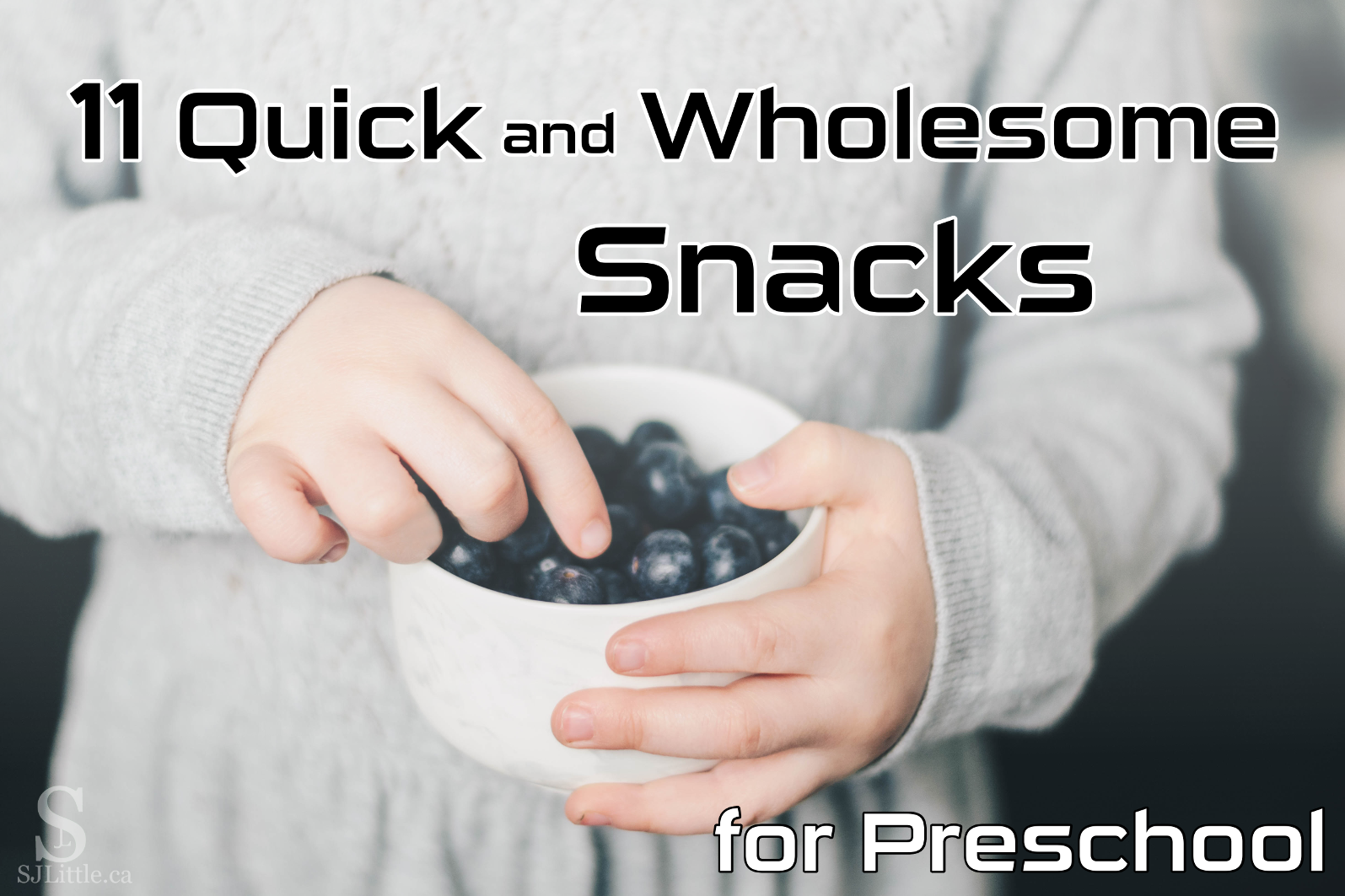
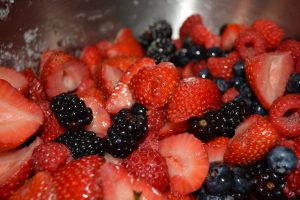 pineapple, grapes, berries, melons, carrots, celery, cucumber, tomato, snow peas, bell peppers, and so on.
pineapple, grapes, berries, melons, carrots, celery, cucumber, tomato, snow peas, bell peppers, and so on. I often add a touch of salt and spices such as oregano or coriander.
I often add a touch of salt and spices such as oregano or coriander.
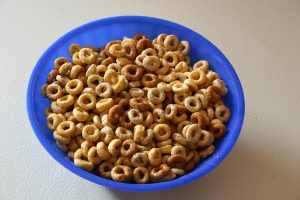
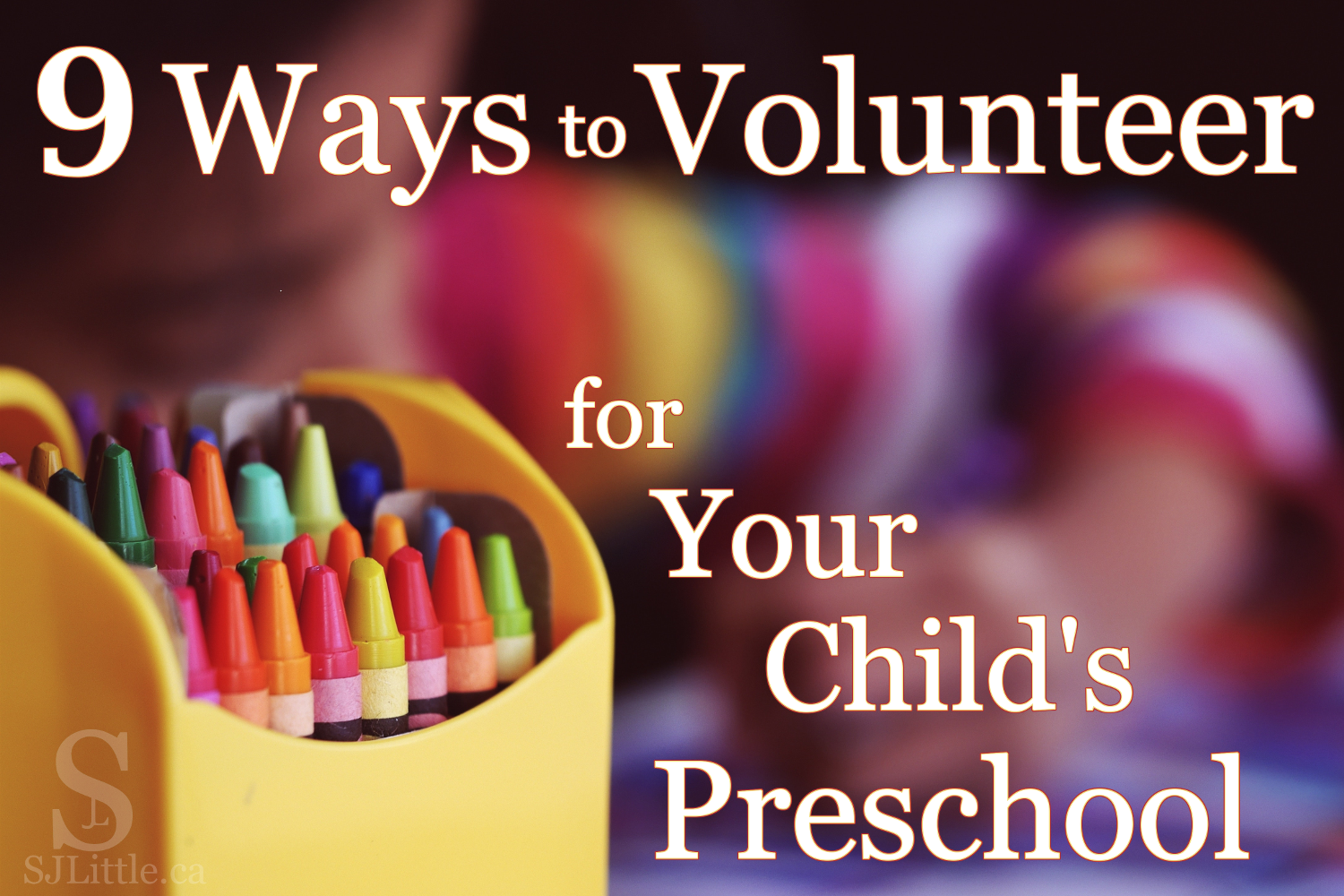
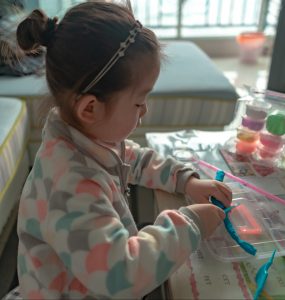
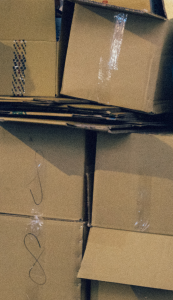
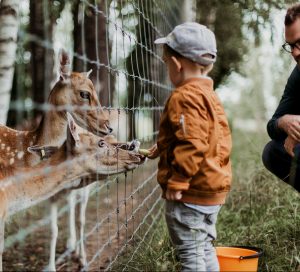

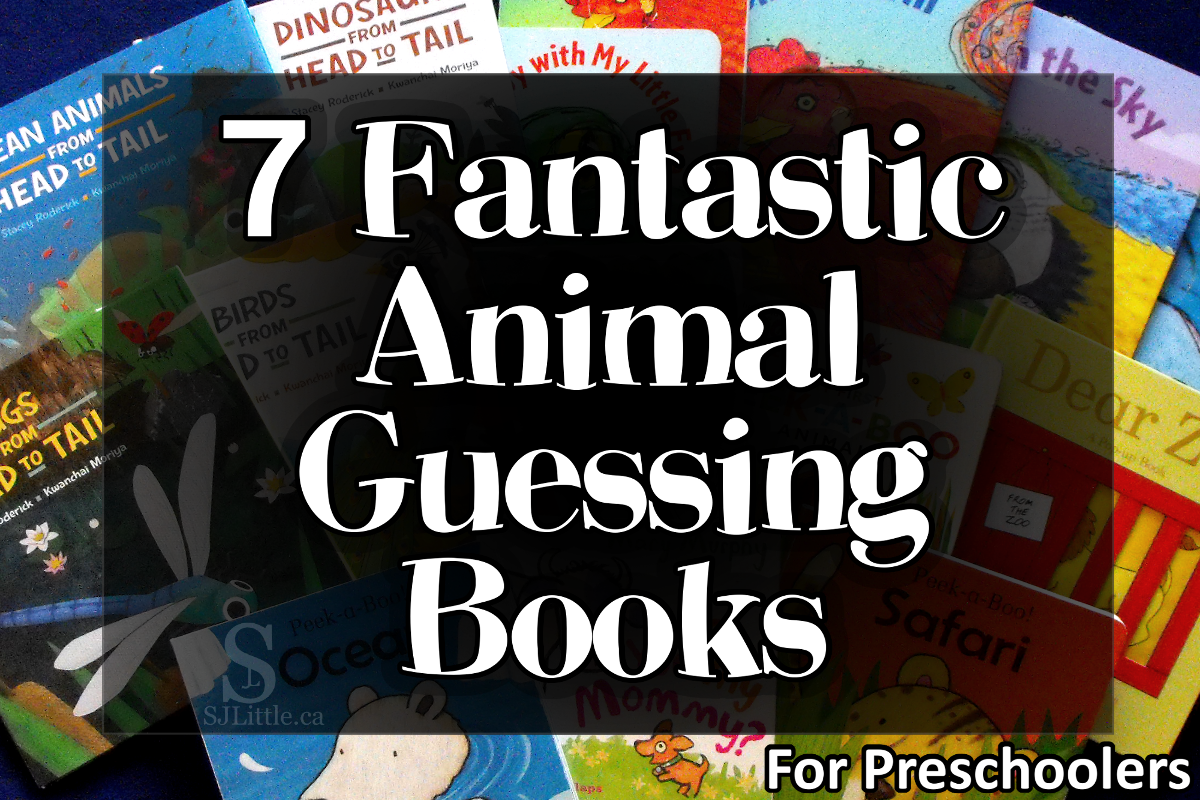
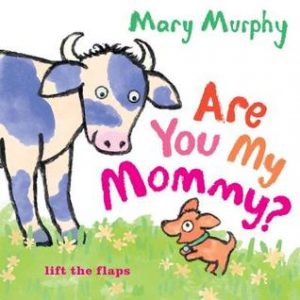
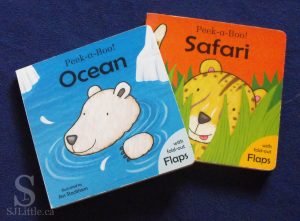
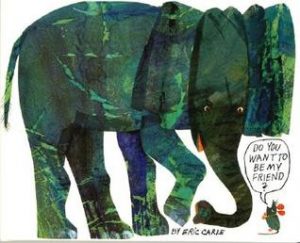
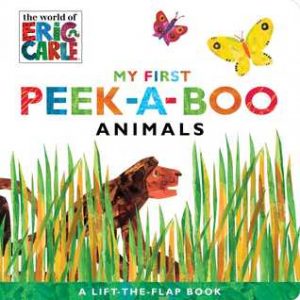

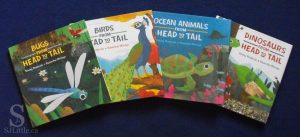
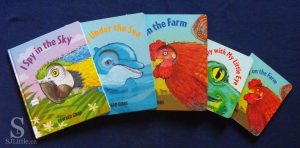

 children home? Ever had someone complain because your children used chalk where someone else didn’t want it? I have.
children home? Ever had someone complain because your children used chalk where someone else didn’t want it? I have.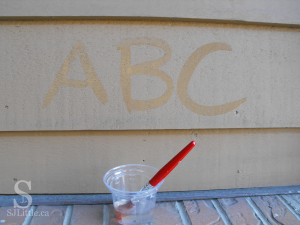 Supplies Needed:
Supplies Needed: